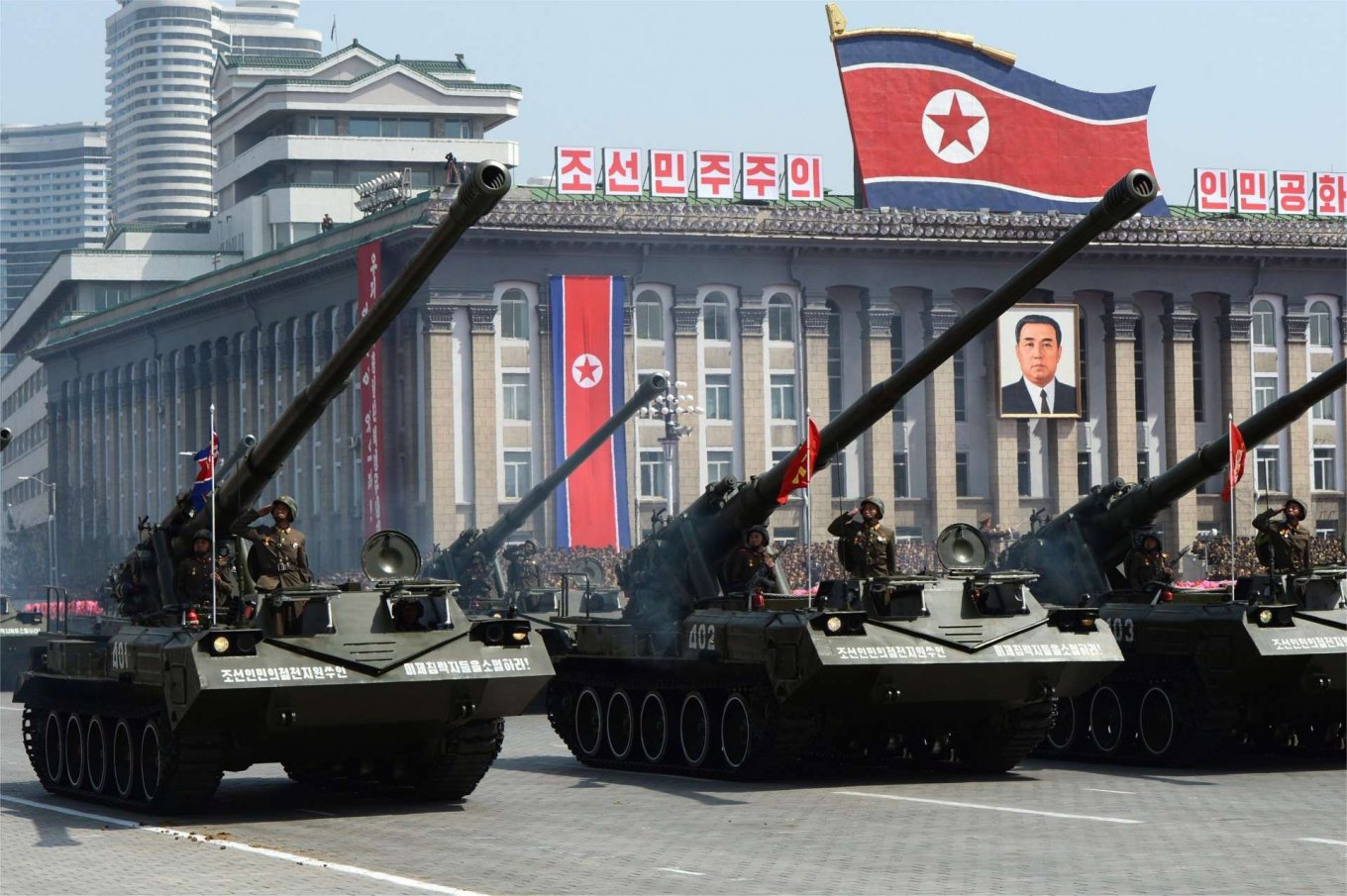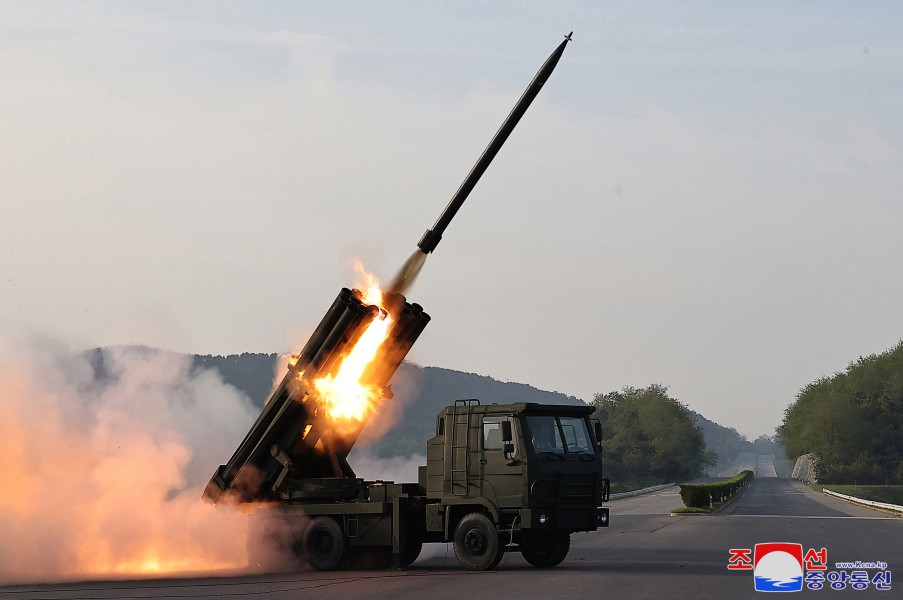In response to the question of how many self-propelled artillery systems "Koksan" and multiple launch rocket systems M-1991 have been received by the Russian Federation from North Korea, it has been revealed that 120 units of both the SPGs and MLRS have already been transferred, with an equal number likely to be provided in the near future.
Ukrainian Defense Ministry's Chief Intelligence Officer Kyrylo Budanov shared this information in a comment for the portal The War Zone. He noted that these systems are being utilized not only in the Kursk region but also in the occupied territories of Ukraine.

It was indicated that the transfer of the first batch of 240 SPGs and MLRS took place within just three months. From the perspective of Defense Express, this also implies a significant scale of training organization for these systems and ensuring a substantial stockpile of ammunition for them.
Specifically, the "Koksan" has a unique caliber in the world - 170 mm (and this again relates to Russian imperialism and the Third Reich). Consequently, ammunition for them is produced solely in North Korea. It is worth noting that this SPG, with a barrel length of 50 calibers, is estimated to have a firing range of up to 40 km with standard high-explosive shells and up to 60 km with scarce active-reactive munitions. The first such SPGs were spotted on the front lines at the beginning of January this year.
Additionally, the M-1991 requires its 240-mm rocket shells and, as declared, precision-guided missiles with an estimated range of up to 60 km. The parameters of the latter are unknown; however, standard 240-mm unguided North Korean rocket shells weigh 407 kg and have a warhead weighing around 90 kg. Each MLRS has 22 launch tubes.

Besides the SPGs and MLRS, Russian forces are set to receive an additional 150 KN-23 ballistic missiles from North Korea. This amount is practically equivalent to last year's figure when a total of 148 units were transferred. It is important to recall that the first recorded use of the KN-23 was dated January 2, 2024 - it was an attack on Kharkiv.
This pace of KN-23 transfers may evidently be linked to the existing production capabilities in North Korea or to a contracted volume within a long-term agreement with Russia. These supplies continue despite the fact that the KN-23 has demonstrated questionable accuracy and dubious reliability. However, Russia primarily employs them for strikes on urban targets, without specific reference to individual objects, with the aim of killing civilians.